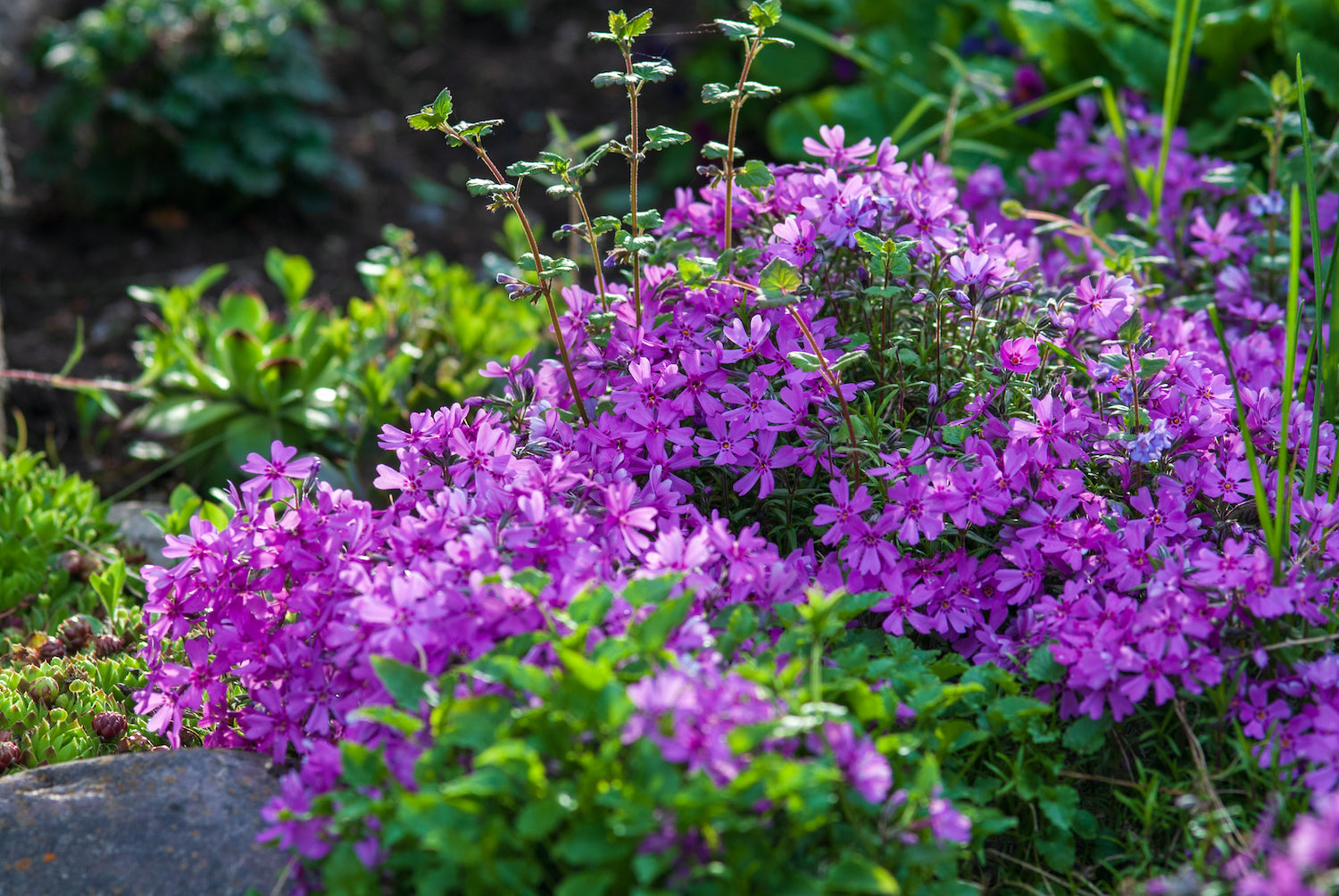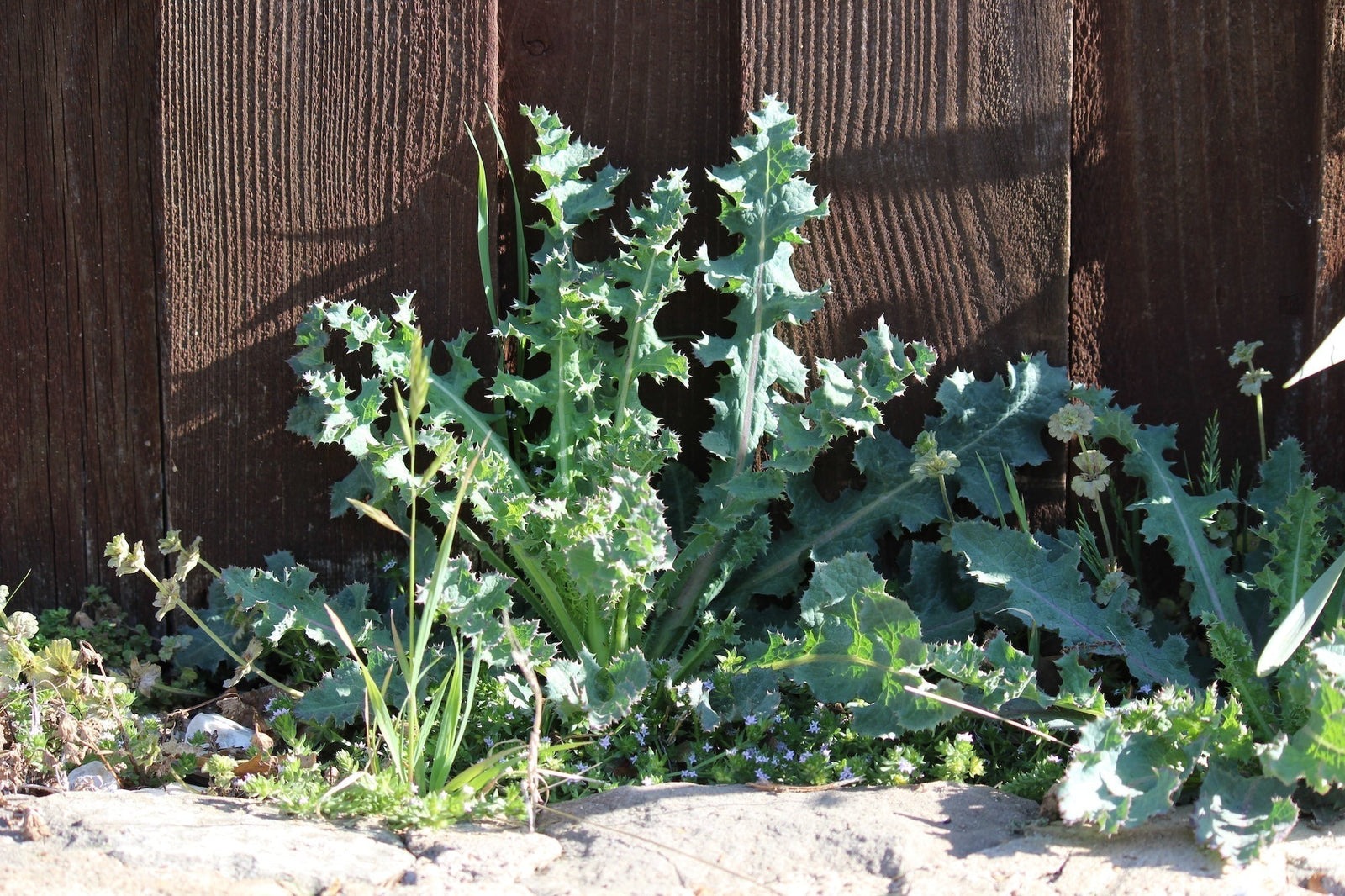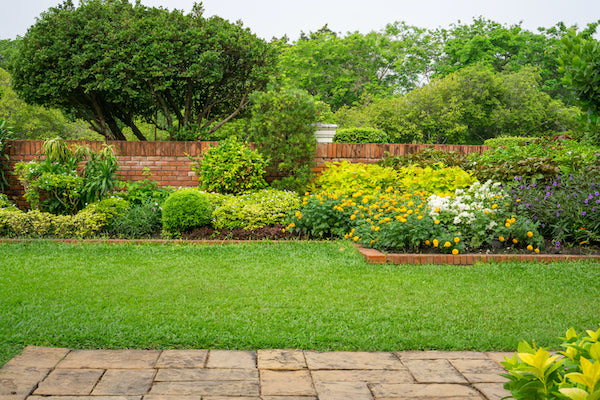
Groundcovers are low-growing plants that spread quickly to form a dense cover. While they add beauty to the landscape, they can also solve many planting problems in difficult sites. Unlike grass, most groundcovers cannot be walked on, but they more than make up for lack of foot traffic tolerance with a much lower water requirement. Many are compatible planted between shrubs, providing contrast for a classic finished landscape look.
Groundcovers are used most frequently for erosion control on steep banks or slopes. In addition, many shade-loving varieties can grow under trees where grass would thin out or die. When planted under trees, groundcovers reduce mower damage to the base of the tree. Since most groundcovers require less sunlight, moisture and nutrients than grass, they create less competition with trees and shrubs. Groundcovers also can survive where tree roots grow close to the surface and prevent grass from growing
The groundcover you select depends on the area where it will be grown. Some groundcover plants prefer shade. Others thrive in full sun. Some prefer moist soil, while others need dry or well-drained soil. To work well as groundcovers, plants have to be tough, durable, and relatively fast-growing, but not invasive. All groundcovers are perennial and most are evergreen.
SOIL PREPARATION
Because groundcovers live for many years in the same spot, it is worth the effort to prepare the soil well before you plant them. This allows plants to establish good root systems. Work the soil to a depth of six inches and add a two-inch layer of organic amendment to improve drainage and water-holding capacity in soils. Then apply a starter fertilizer to aid in root development.

PLANTING
Most groundcovers can be planted at any time of the year. However, fall planting takes advantage of lower temperatures and natural rainfall. Watering is reduced and plants establish a stronger root system before summer. Space the plants according to their size, the immediate effect desired, and their rate of growth and habit.
If individual plants are spaced too far apart, weeding can be a problem and the time required for complete coverage can be quite long. On the other hand, planting too closely will force the plants to compete as they grow into maturity. We recommend spacing plants so the groundcover areas will be completely covered by the end of the second growing season. A staggered row-planting pattern usually will result in the quickest cover of the planting bed.
All groundcover will benefit from a two-inch layer of mulch, to help retain moisture and keep roots protected until they become established. Mulch, of course, also aids in weed control. Our staff of garden pro’s will be happy to guide you with all of your groundcover needs.



